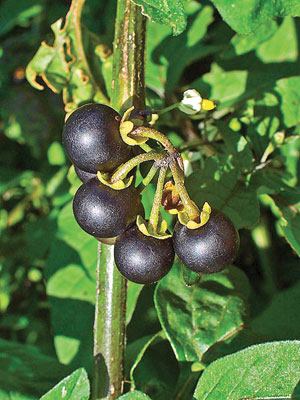Producing high quality hay while still making a profit was the center of discussion in our Hay that Pays series. Here is a recap of what the experts had to say.
Making a Profit
Wesley Tucker, associate extension professional and agriculture business specialist, encouraged producers to think about what they have invested in a bale of hay including mowing, raking and baling then factor in fuel, labor, supplies and ownership expenses. Knowing the quality of the hay you are able to produce and the cost of the hay you are producing is important.
Hay Fertility Management
According to Brie Menjoulet, MU Extension agronomy specialist in Hermitage, Mo., there are more factors to consider than just adding lime from time to time in order to get the most from your hay field. One suggestion is to consider adding legumes to help with nitrogen fertilization.
Menjoulet stressed that soil management is imperative to keeping your pasture and forages healthy. Continually removing nutrients through hay and never replacing them will result in depleted soil, reduced production, excessive weeds, excessive brush and yield loss. To error on the safe side always test soils prior to soil management.
Hay Testing
It’s important to know the quality of the hay you are producing or buying. Testing your hay is always a good idea according to Tim Schnakenberg, MU Extension regional agronomy specialist from Galena, Mo.
Forages and Hay Quality
Schnakenberg presented three factors to quality hay management: 1) Stage of Growth, 2) Plant Species, and 3) Conditions at Harvest. He presented average statistics of typical forage harvesting losses, field curing, 26 percent; harvesting, 14 percent; storage, 35 percent; and feeding 30 percent. This leaves only 30 percent of available harvest.
Stage of growth translates into earlier first cutting perhaps in April when possible (weather permitting of course). This gives you a higher quality first cutting and by default an improved second cutting.
Plant species is always a concern. While fescue is a favorite because of its durability and reliability concerns about toxicity remain. Tests show the levels drop even one month after clipping. Novel fescue is excellent choice yet contains no endophytes.
Hay Storage
Bob Schultheis from Webster County talked about storing hay and the importance of using net wrap or considering what wrap is on the hay, the size of the bale and where the bale has been stored before you buy it to determine prior damage you might be purchasing.
Schultheis suggested storing outside hay in north to south rows; space your rows at least 3 feet apart for air circulation. Using a sloped site for water drainage helps and butt the bales end-to-end if they are the same diameter. If uneven diameter, separate them. Schultheis also recommended reducing ground contact as much as possible using pallets, poles or railroad ties or net wrap.




